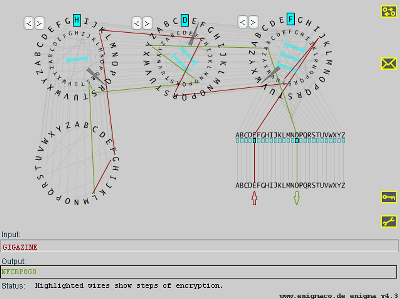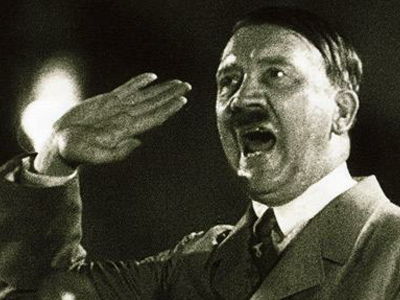Why did the first instruction in every secret World War II telegram be, 'Please carefully rephrase this before passing it on to others'?
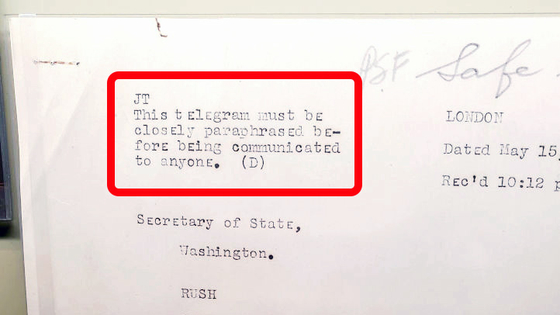
A photo of a secret World War II telegram sent from London to Washington was uploaded to Stack Exchange, a platform for discussions in a question-and-answer format. The poster wondered why the telegram's opening instructions included 'paraphrasing the entire message.' A knowledgeable user responded with an answer.
world war two - 'This telegram must be closely paraphrased before being communicated to anyone.' Why? - History Stack Exchange
Below is the actual telegram, housed at the Franklin Roosevelt Presidential Library and Museum, which begins with the words, 'This telegram must be closely paraphrased before being communicated to anyone.'
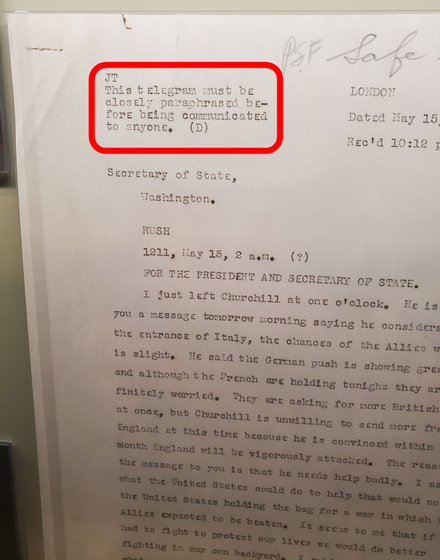
A similar message was also sent from Berlin on September 1, 1939.
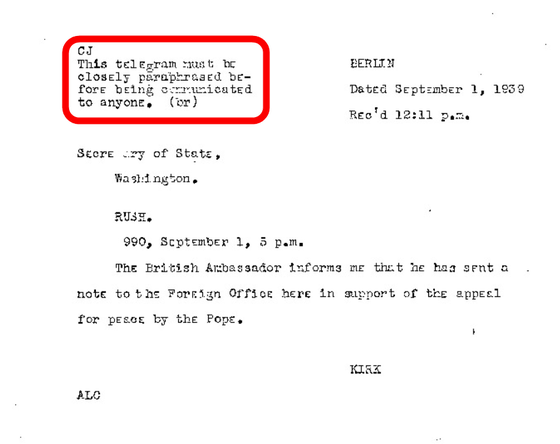
This instruction was also included in a telegram sent from Moscow on January 7, 1940.
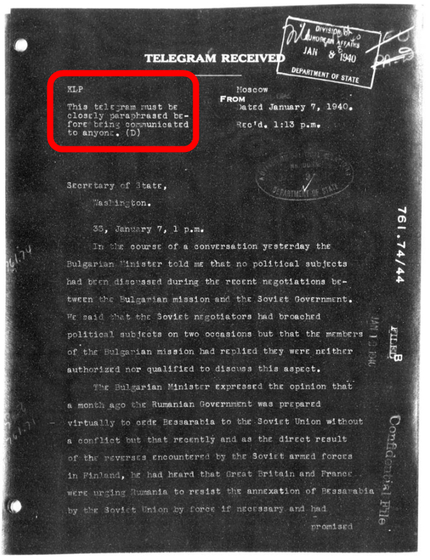
This instruction was a security measure to prevent code breaking. At the time, US military communications regulations prohibited sending the same message in both encrypted and unencrypted form. If an enemy were to obtain both the plaintext and the encrypted version of the message, they could compare the two and decipher the entire encryption system.
For example, during World War II, the Nazi German army used a cipher machine called '
The Germans also made the mistake of repeating formulaic phrases in their messages, such as beginning all weather reports with the word 'weather' and ending them with formulaic phrases like 'Heil Hitler.' These predictable repetitions provided a perfect foothold for the Allies, who were desperate to crack the Enigma code.
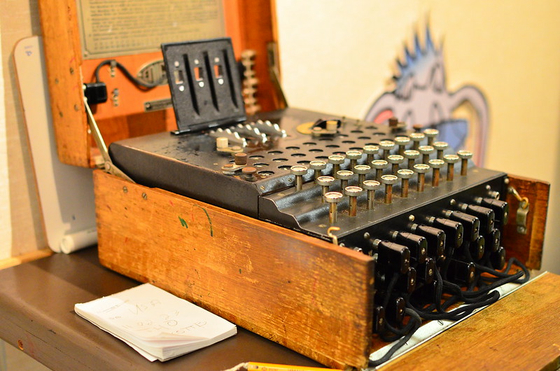
by crudmucosa
An attack that attempts to decipher an encryption algorithm based on encrypted data and the corresponding plaintext is called a ' known plaintext attack .'
The 'paraphrasing' instructed in the telegram is one way to avoid the risk of known-plaintext attacks. This does not simply mean slightly changing the wording, but rather 'changing the sentence structure and vocabulary as much as possible while preserving the meaning of the message.' Specifically, it recommended rearranging sentences, using synonyms, and replacing repeated words and proper nouns with pronouns.
This is also stated in the 1950 edition of the US Army Technical Manual (TM 32-220) (PDF file) .
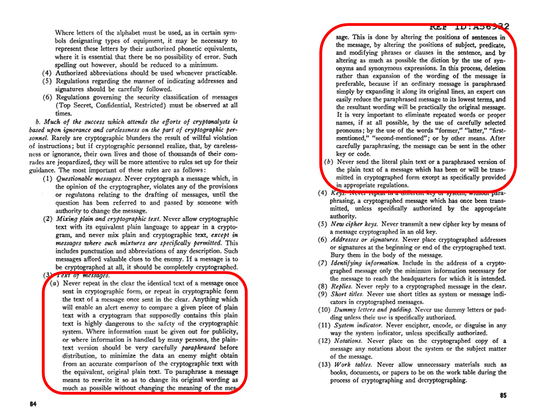
The word 'closely' in the telegram's instructions is thought to have two meanings: 'to maintain as faithfully as possible the original meaning' and 'to carry out this rephrasing with the utmost care.'
The strings of characters at the beginning and end of the telegram, such as 'JT,' 'CJ,' 'ALC,' and 'KLP,' are meaningless. This is because the code was designed to contain several random words to prevent it from being deciphered from a fixed phrase, and these strings are also a way to counter known-plaintext attacks.
Related Posts:
in Note, Posted by log1i_yk



